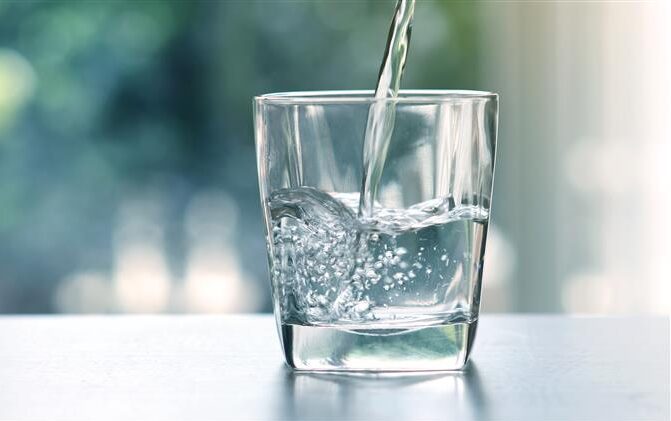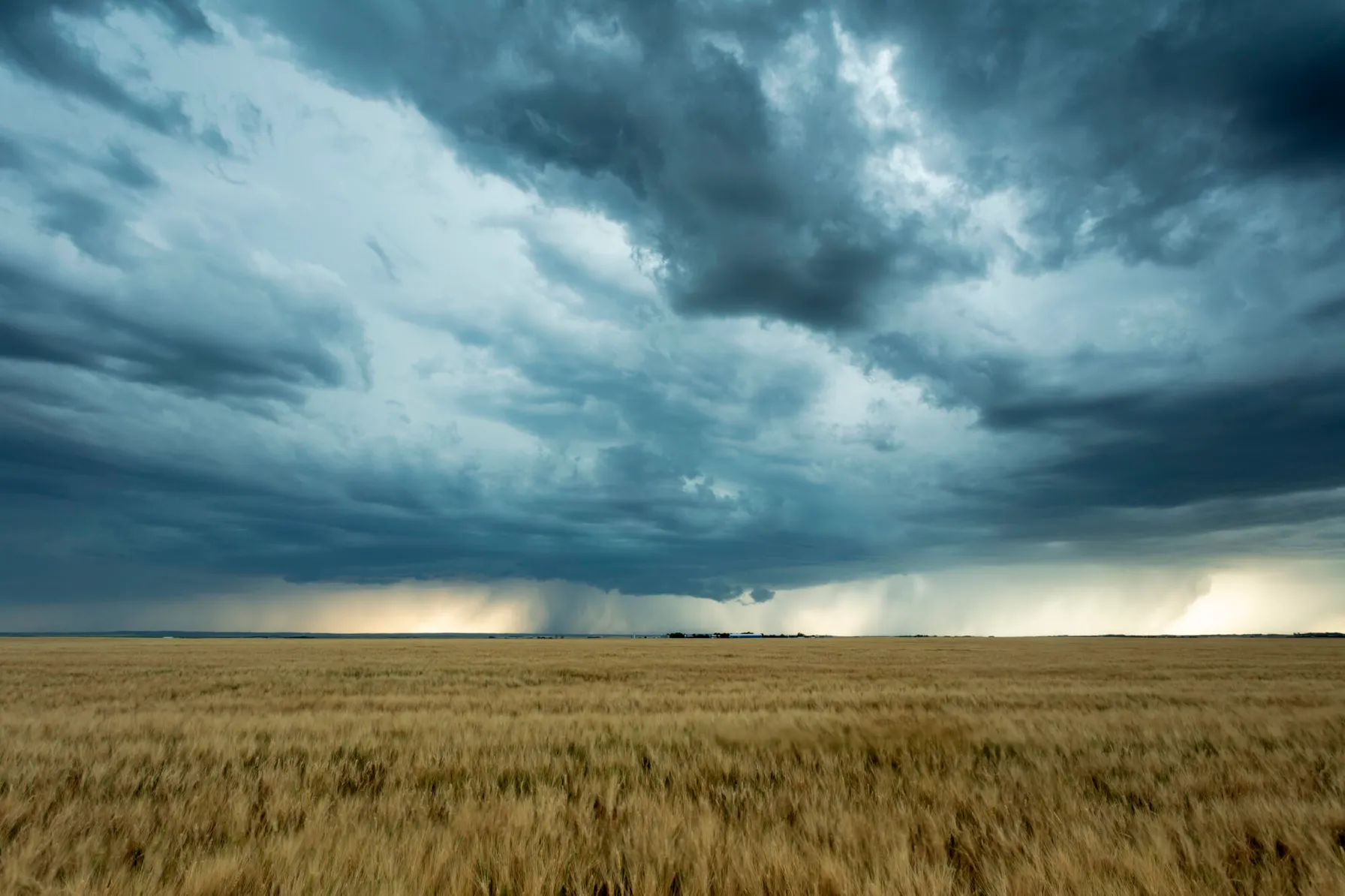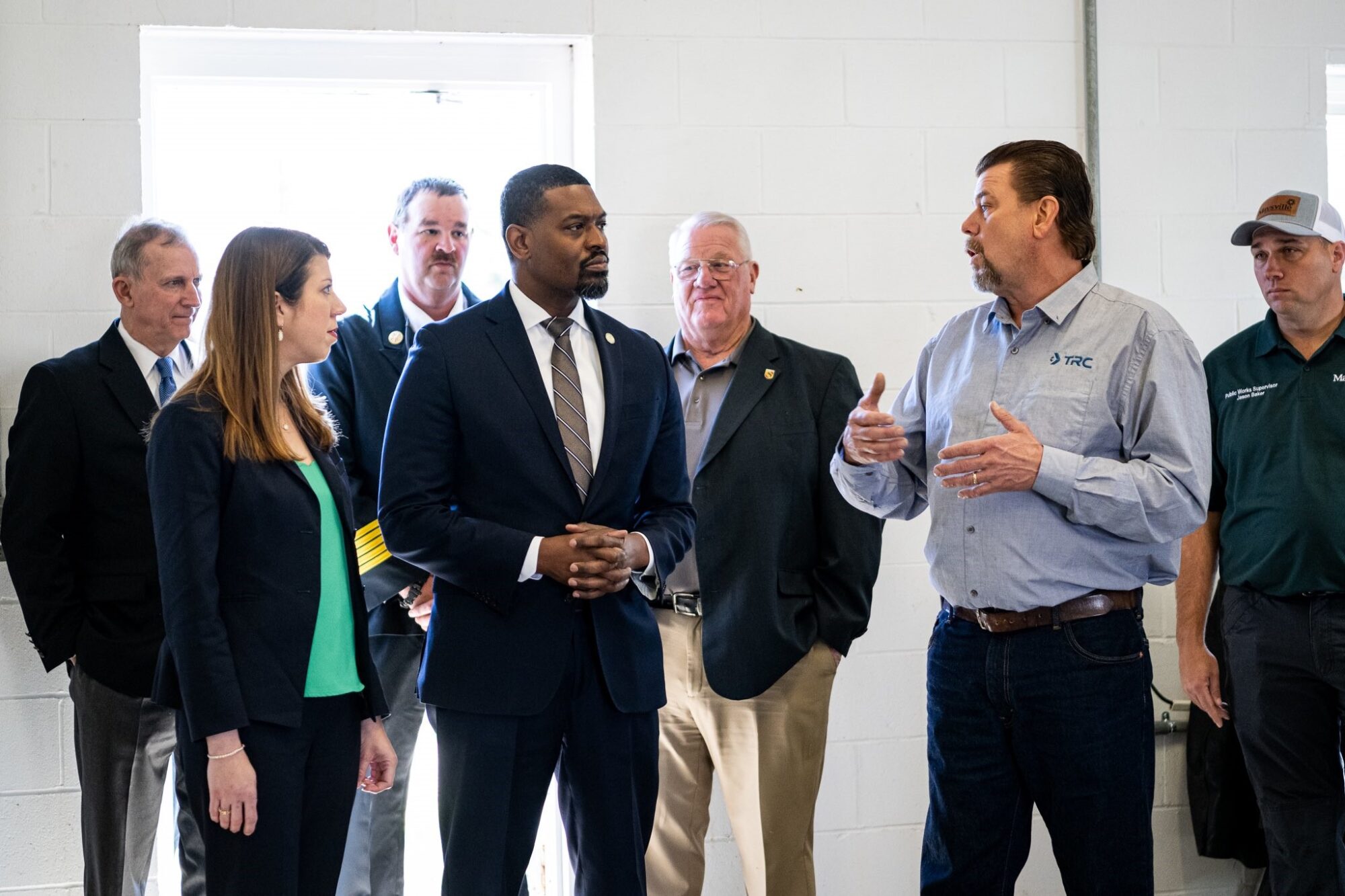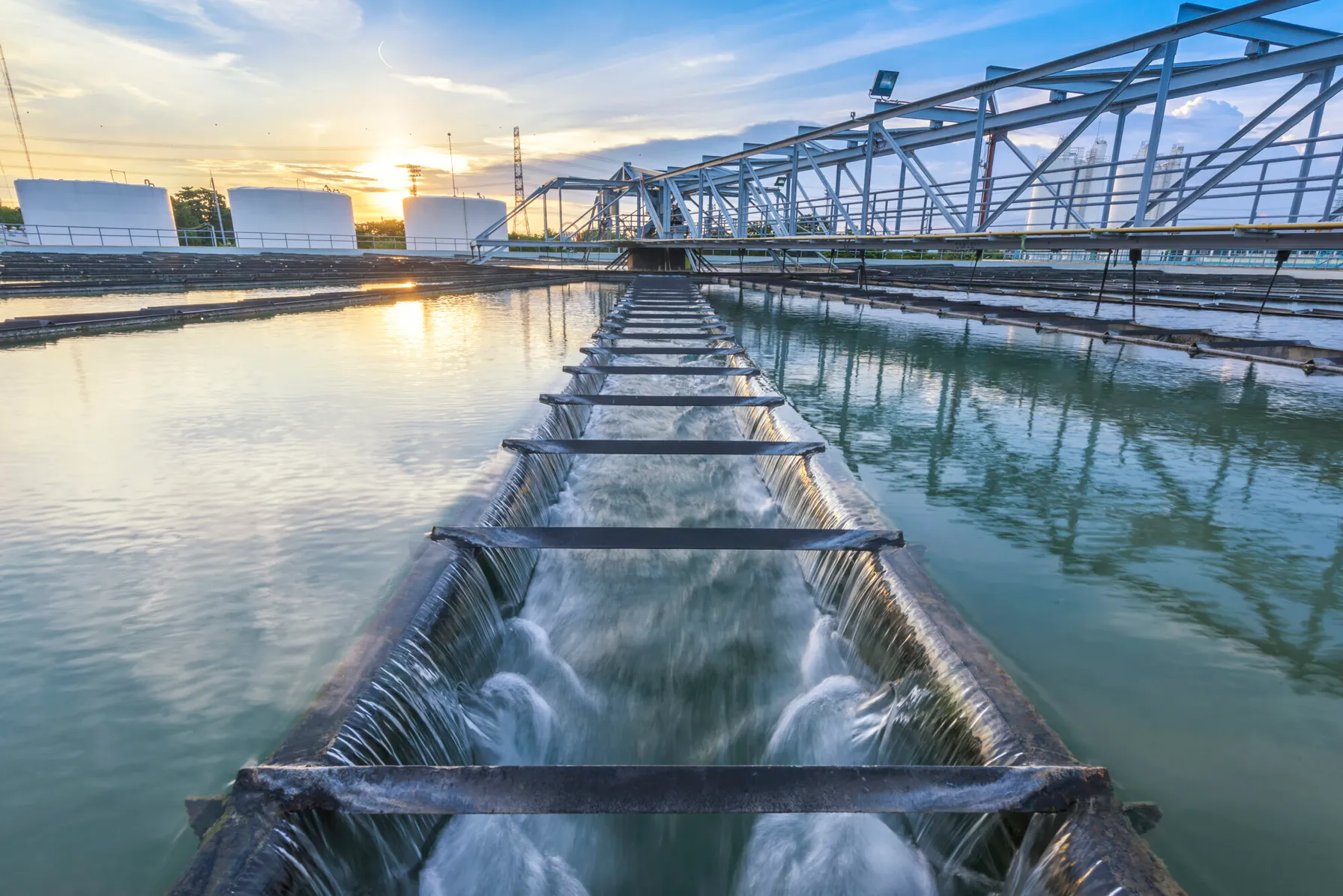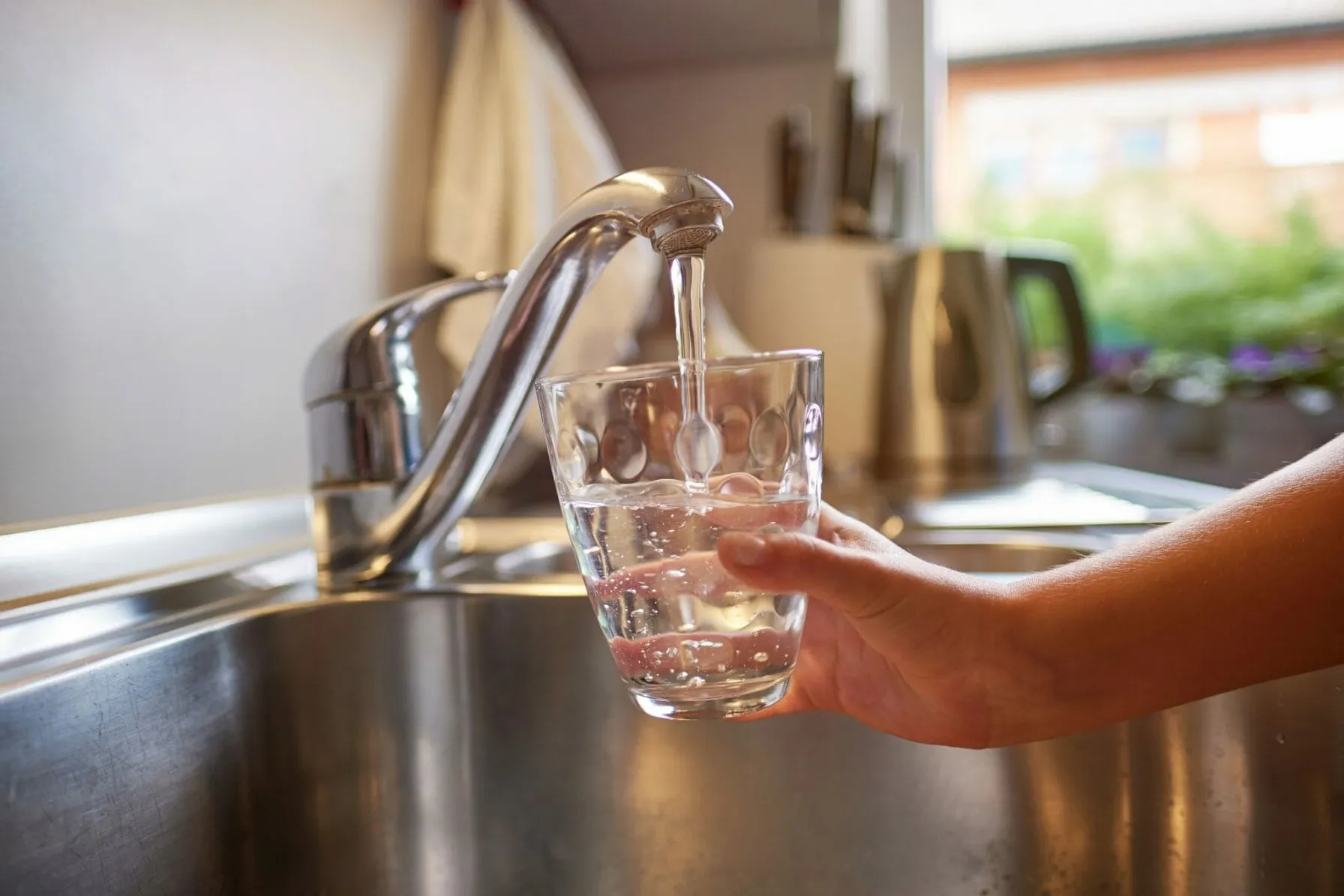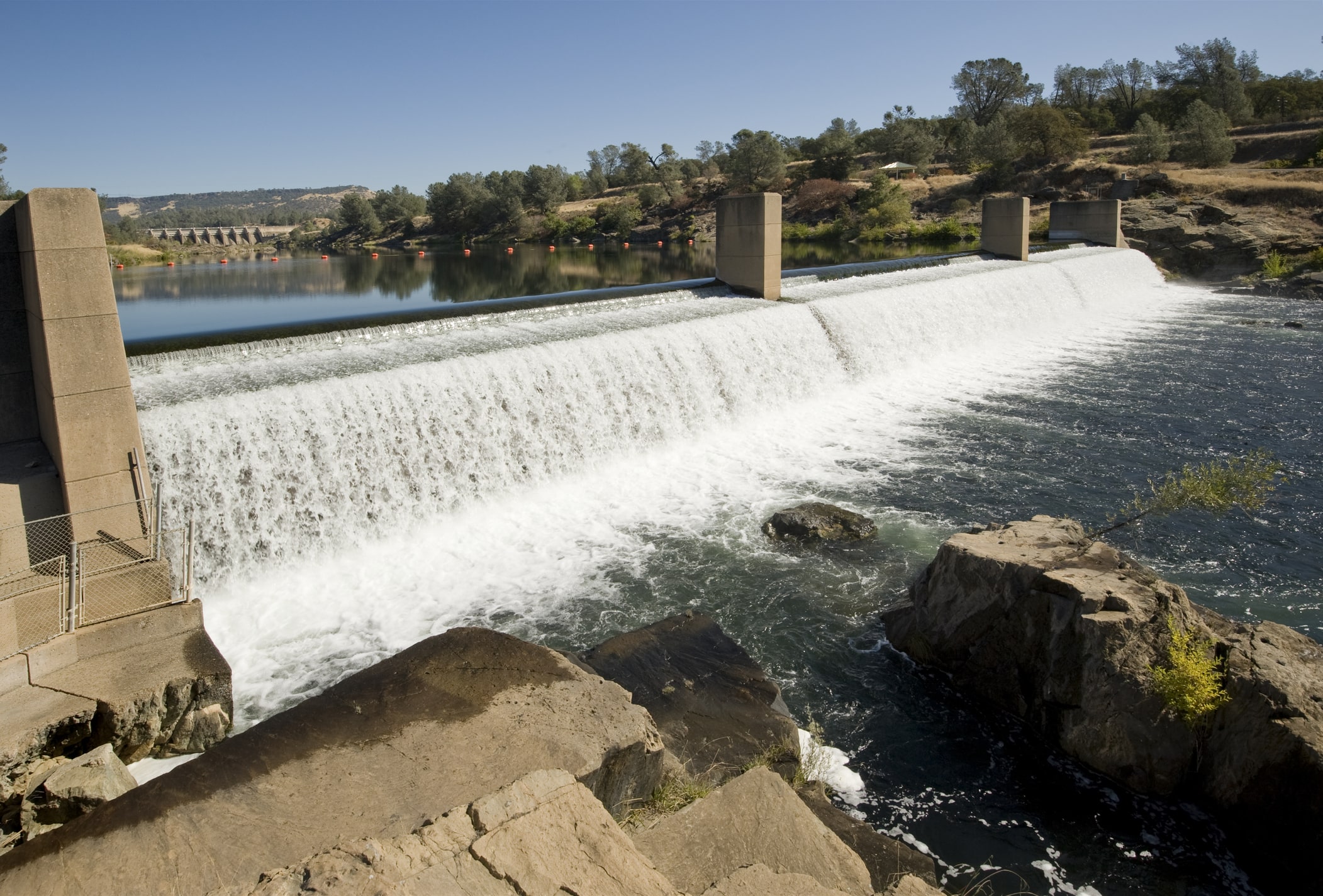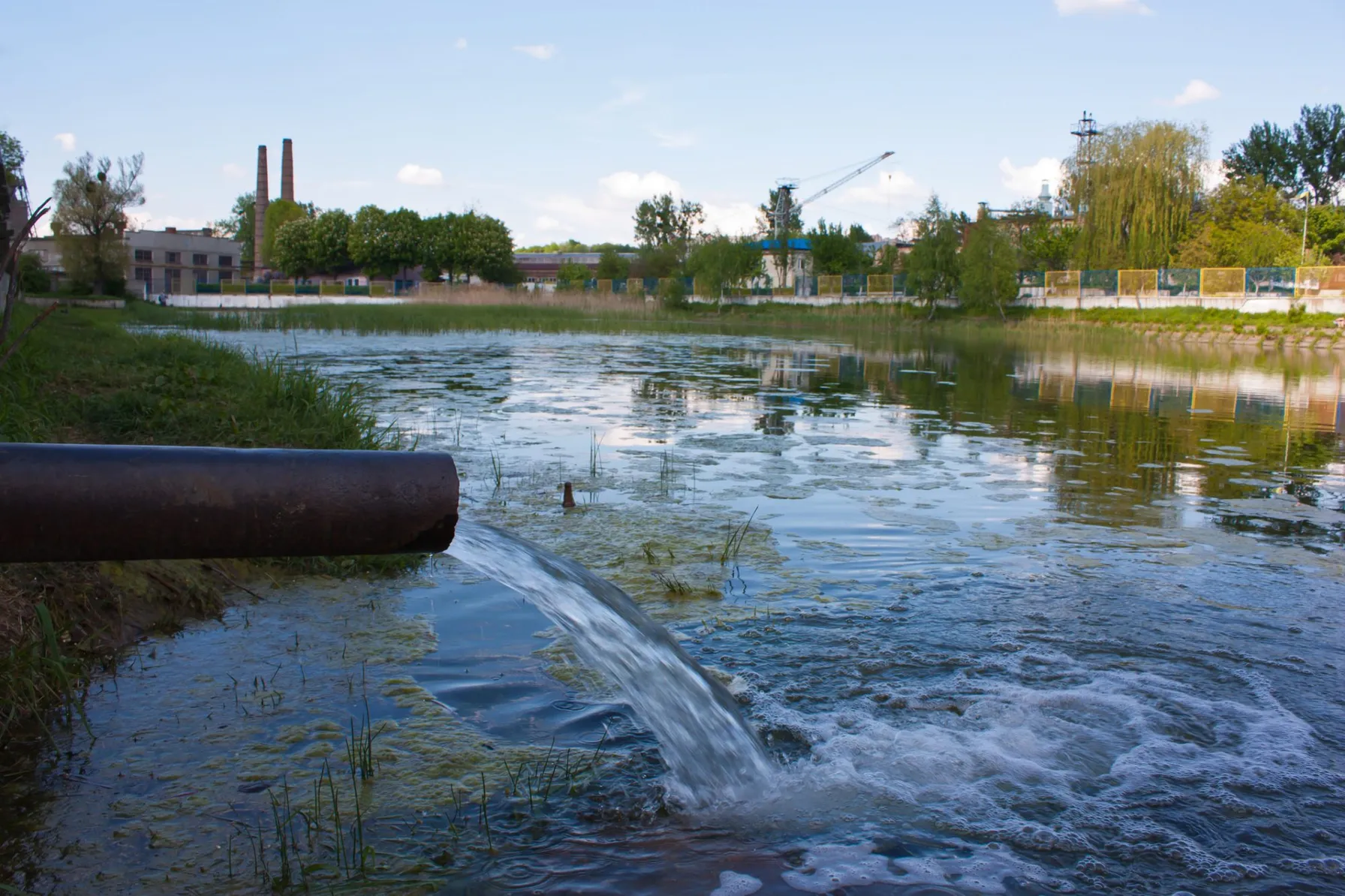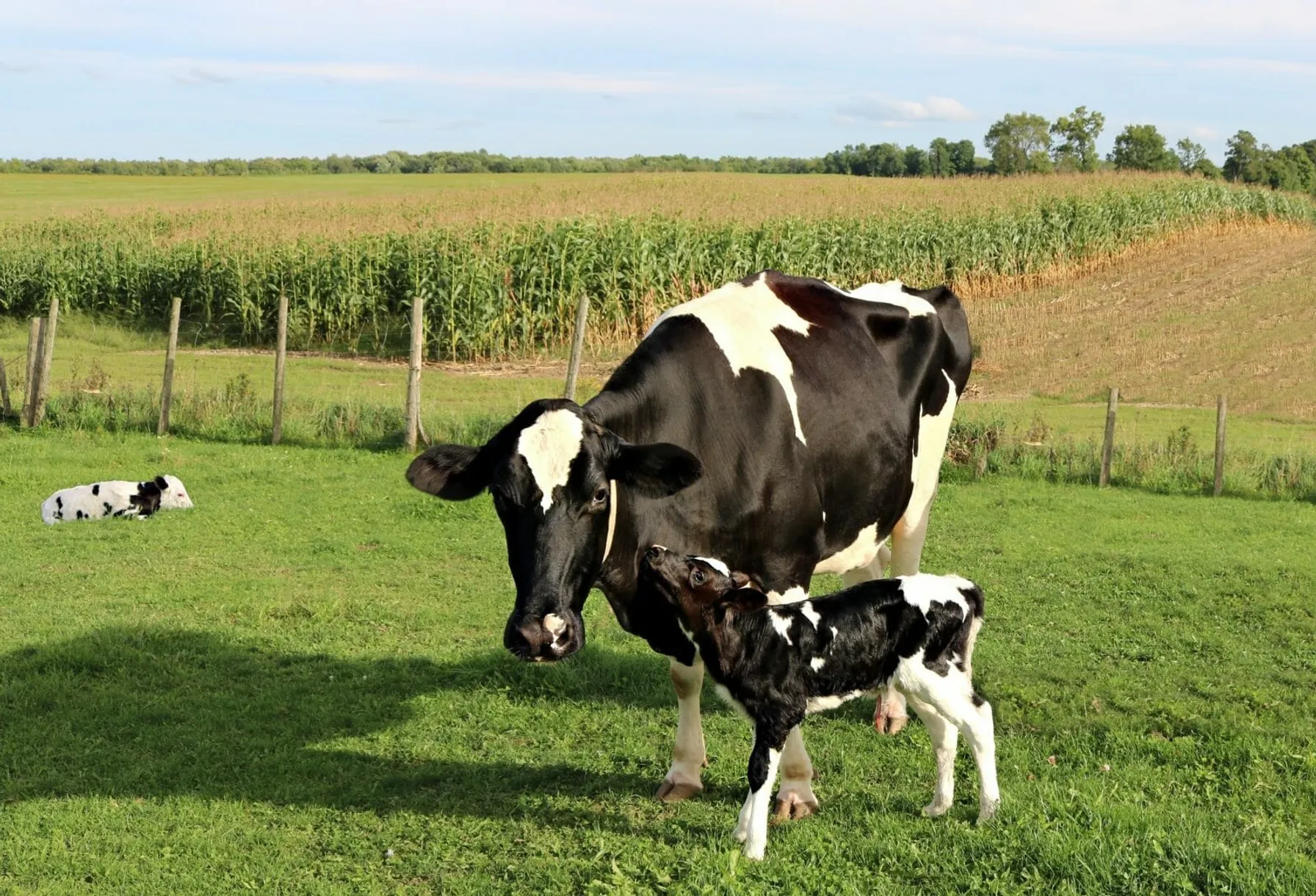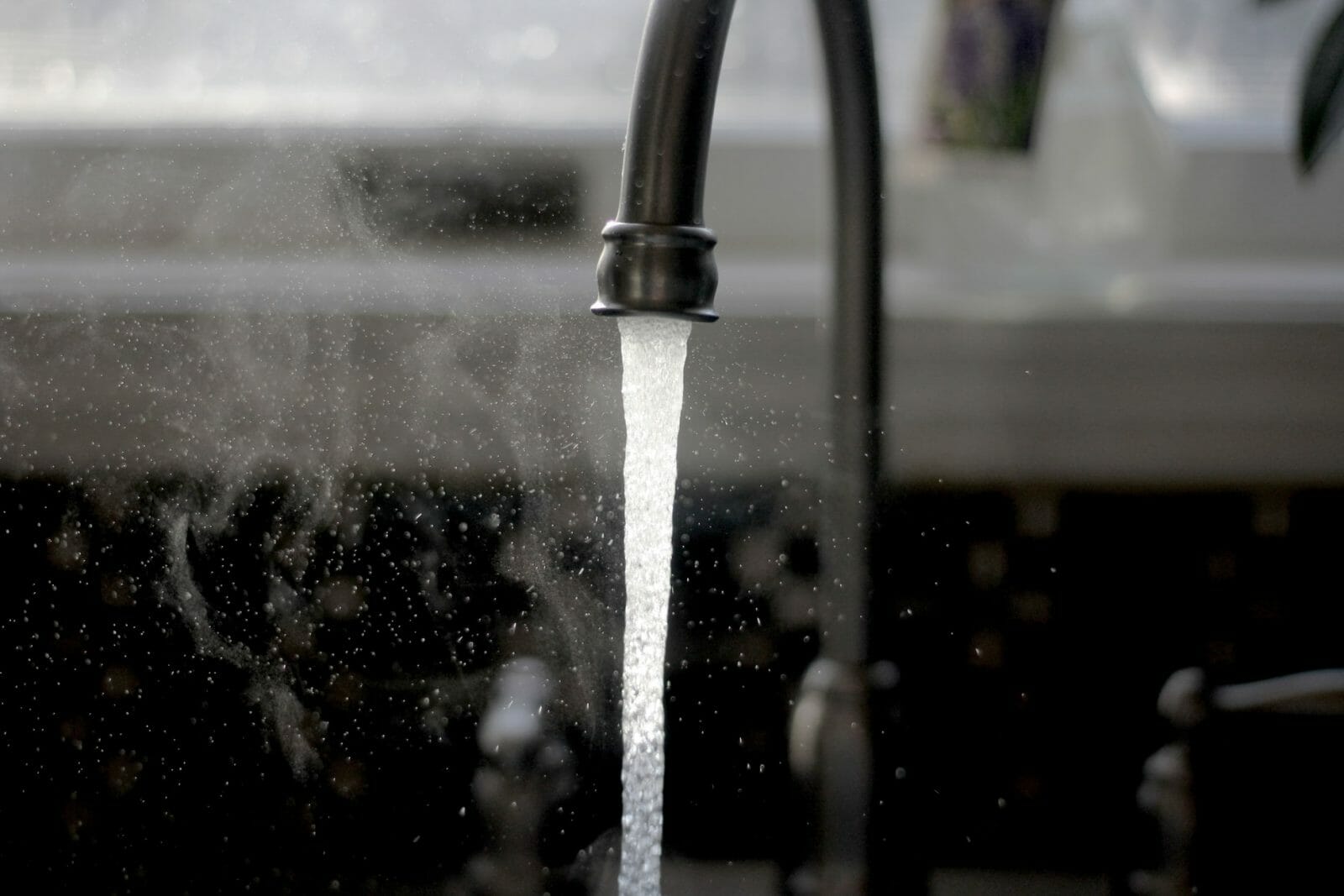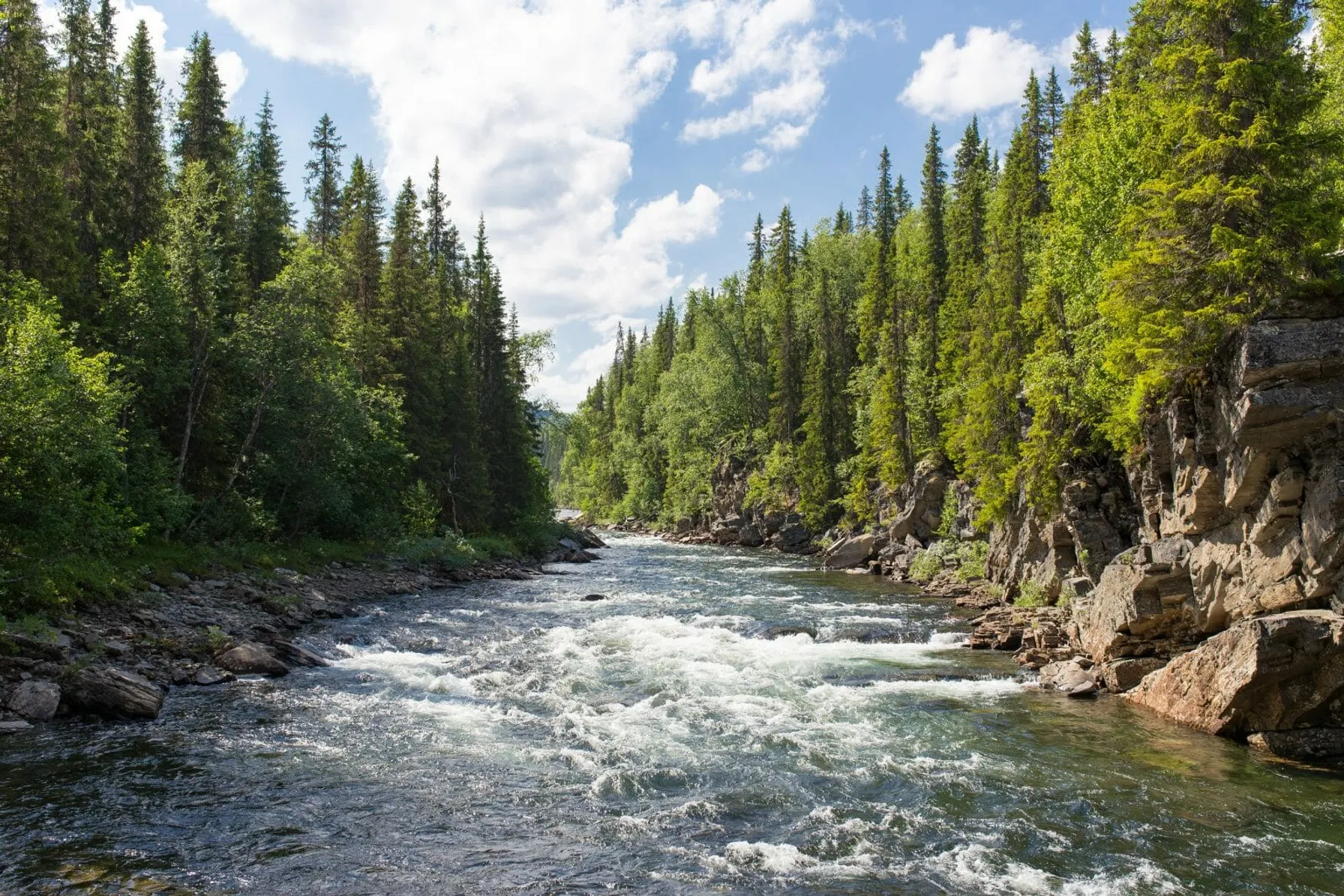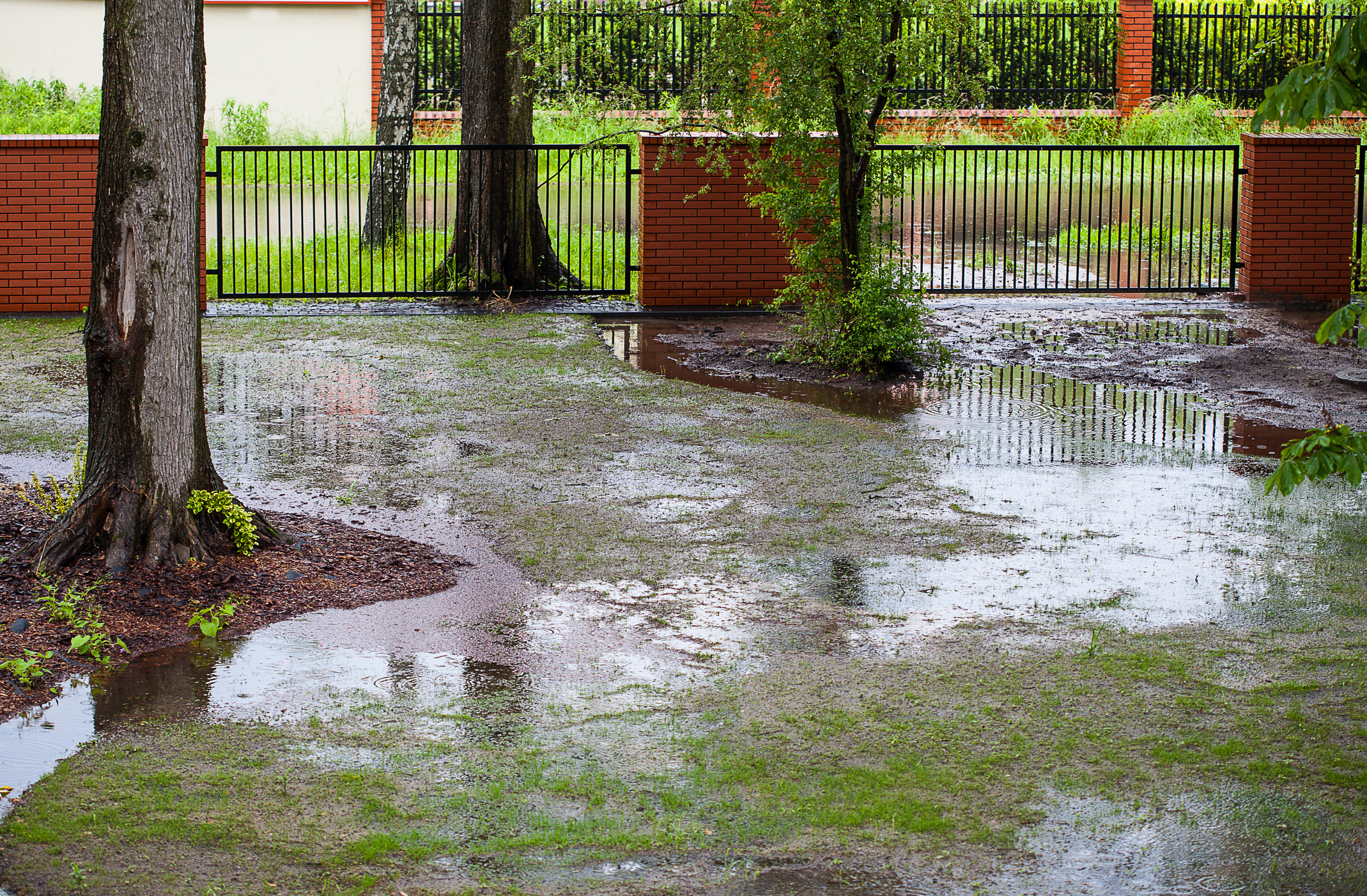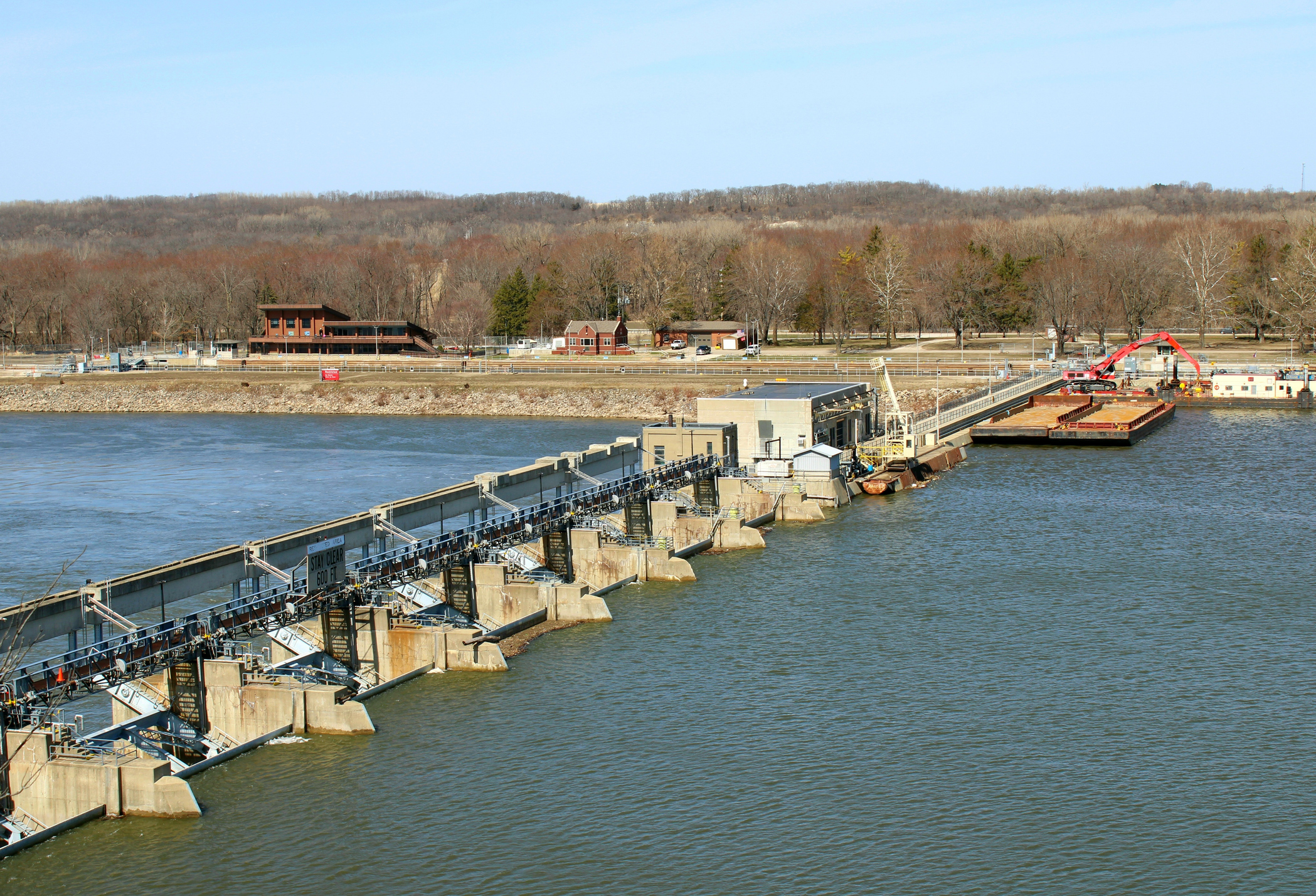A proposed rule to revise the definition of “waters of the United States” (WOTUS) was published in the Federal Register on December 7, 2021 1. This is the first rulemaking stemming from the agencies’ June 9, 2021, announcement of their intent to revise the WOTUS definition. The proposed definition is consistent with the United States Environmental Protection Agency (US EPA) and the Department of the Army (collectively, the Agencies) decision to halt implementation of the 2020 Navigable Waters Protection Rule and revert back to the pre-2015 WOTUS definition (See TRC’s September 29, 2021, post Interpretation of “Waters of the United States” (WOTUS) Reverts to Pre-2015 Regulatory Definition).
Comments on the proposed rulemaking will be accepted until February 7, 2022, and virtual public hearings will be held on Wednesday, January 12, 2022, from 10 a.m. to 1 p.m. Eastern Time; on Thursday, January 13, 2022, from 2 p.m. to 5 p.m. Eastern Time; and on Tuesday, January 18, 2022, from 5 p.m. to 8 p.m. Eastern Time.
In the proposed rule, WOTUS is interpreted to mean waters as defined by the 1986 regulations, with amendments to certain parts to incorporate United States Supreme Court decisions. Waters included in the WOTUS definition are summarized as:
- Traditional navigable waters, interstate waters, and the territorial seas, and their adjacent wetlands.
- Most impoundments of “waters of the United States.”
- Tributaries to traditional navigable waters, interstate waters, the territorial seas, and impoundments that meet either the relatively permanent standard or the significant nexus standard.
- Wetlands adjacent to impoundments and tributaries, that meet either the relatively permanent standard or the significant nexus standard.
- “Other waters” that meet either the relatively permanent standard or the significant nexus standard.



